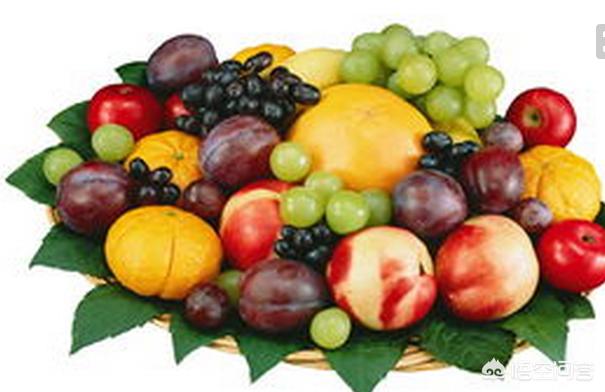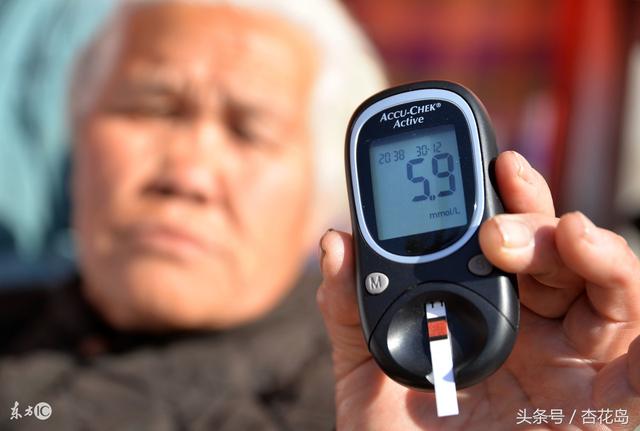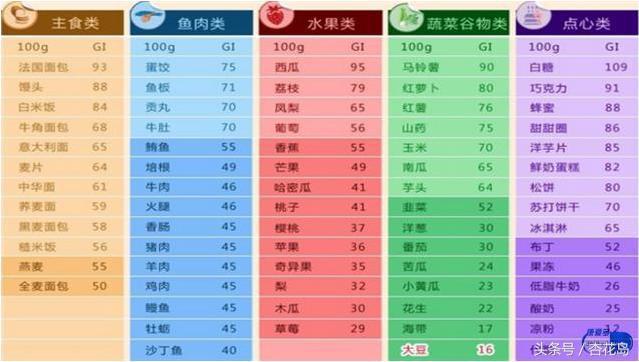Which fruits can diabetics eat and what is the basis for the determination?

Fruits are certainly a deadly temptation for diabetics. Many families tend to strictly prohibit diabetics from eating fruits is wrong. In fact, diabetics can eat fruit. The dietary fiber contained in fruits can slow down the rate of increase of blood sugar, diabetics can choose some fruits to eat.

It is perfectly fine for diabetics to eat some fruits in moderation when their blood sugar is stable. When choosing fruits, diabetics should try to choose fruits with low sweetness and low glycemic index, such as oranges, kiwis, grapefruit and so on. These fruits not only have a low glycemic index, but also contain a higher amount of dietary fiber, which will not cause more blood sugar fluctuations.
Diabetics should pay attention to the time of eating fruits and try not to choose to eat fruits after meals. This is because diabetics tend to eat more, and if you eat fruit after a meal you may increase your energy intake, which is not conducive to blood sugar control. The best time for diabetics to eat fruit is between meals as an additional meal to eat, so that you can increase the feeling of satiety at the same time to satisfy their appetite.
Different fruits contain different amounts of sugar. Diabetics are advised to look at the energy contained in fruits before eating them and to reduce their intake of staple foods so that they can control their blood sugar and still enjoy the fruits.
Sugars contained in fruits include glucose, fructose and sucrose. The fructose does not require insulin to participate in its metabolism, so there is no need for diabetic friends to exclude fruits if their blood sugar is already under good control. Just reduce the intake of staple food and eat fresh fruits when eating fruits.
In 2017, the Chinese Academy of Nutrition released the Chinese Dietary Guidelines for Diabetes (2017), in which the fourth article mentions the recommendation to eat fruits:
Eat more vegetables and fruits in moderation, variety and color
Key Points Tip:
Increase the intake of fresh vegetables to reduce the dietary glycemic index, it is recommended that meals have vegetables; daily vegetable intake of 300-500 grams, dark vegetables accounted for more than 1/2, of which no less than 70g of green leafy vegetables; moderate choice of low GI fruits between meals.
What does GI refer to?
Glycemic Index (GI) is the professional name for the ability of food to raise blood glucose. According to the GI value, foods are mainly classified into categories: high GI foods, GI ≥ 70; medium GI foods, GI 55-70; low GI foods, GI ≤ 55. The low GI mentioned in the guideline means that it is recommended to choose fruits with a GI of less than 55.
Which fruits are low GI foods?

Source: Food Glycemic Index, edited by Yang Yuexin.
Generally speaking, the higher the acidity, the less effect it has on blood sugar, ratio oranges and plums. But the effect of fruit on blood sugar has a lot to do with the way it is eaten as well. For example, cooking and then eating, juicing and drinking, picking ripe and eating, the effect on blood sugar is still relatively large. It is recommended to choose a little raw and green, although the taste is worse, but conducive to the control of blood sugar.
Of course, there is another, more meaningful parameter currently available called GL (Glycemic Load). The GL of a food is the product of the mass of carbohydrates contained in a particular food and its Glycemic Index (GI) value, usually measured in grams. So, the GL is affected by the GI, but also by the amount of carbohydrates contained in the food.
For example, although the GI of watermelon is 72%, 100g of watermelon contains only 5.8g of carbohydrates. So the GL in watermelon is not really high.GL can be categorized according to the size: high GL ≥ 20, medium GL: 10-20, low GL ≤ 10.For example, if you eat a piece of watermelon of 100g (2 taels), the GL=5.8g*72%=4.176g, which is low GL.
But GL can be a bit cumbersome and poorly calculated for the general public, and it's relatively easier to see at a glance with GI.
Author: Li Chun, dietitian mom, mother and baby reviewer, focusing on scientific parenting and eating healthy

Reasonable and appropriate amount of taking fruit is beneficial to diabetic patients, diabetic patients do not have to "talk about sugar", but how to eat fruit, which diabetic patients can eat, but there is to pay attention to.
1、What fruits can diabetics eat?
First of all, diabetic patients can eat a moderate amount of low-sugar fruits, but it is recommended that diabetic patients with stable blood glucose control to eat, the so-called blood glucose stability that is preprandial blood glucose is less than 6.1 mmol / L, blood glucose 2 hours after the meal is less than 7.8 mmol / L, glycated hemoglobin is less than 7.5% of the blood glucose control stability of the person. Moderate amount of low-sugar fruit is beneficial to diabetic patients, such as the University of Oxford, Professor Chen Zhengming research found that, compared with very few people eat fresh fruit, often eat fresh fruit can reduce the prevalence of diabetes and diabetic vascular complications.

2. What is the basis for the determination?
For patients with stable blood glucose control, it is recommended that they can use fruits with lower glycemic index (GI), while for fruits with high GI, it is recommended that diabetic patients should eat less or not eat them as much as possible. Common low GI fruits include apples, pears, and watermelons, while fruits with high sugar content such as bananas, pineapples, and lychees have higher GI values. Patients are also advised to eat fruits and vegetables such as tomatoes and cucumbers instead.

Glycemic Index (GI) refers to the blood glucose reaction caused by consuming a certain type of food, the higher the GI index, the faster the blood glucose rises after consumption, and vice versa. Common fruit glycemic index refer to the following chart, diabetic patients can choose the lower GI index of the fruits to eat, and daily diet can also refer to the GI value of the food.
Respondent: Jingmu Makino Ma, M.S.
Welcome to Apricot Island for more interesting health facts!
Okay, since my aunt has this disease, I know a little bit about it. Tell me about her eating habits
Fruits are rich in vitamins, which are essential nutrients for the elderly. Even diabetic patients should eat fruits with low sugar content. Not eating fruits for a long period of time will easily lead to nutritional imbalance.
However, diabetic patients need to be aware of the following when eating fruits.
Fasting blood glucose levels should be controlled at 7 to 8 mmo1/1; be selective, like tropical fruits bananas, mangoes, durians and other sugar content is relatively high, is not suitable for diabetic patients to eat; diabetic patients can choose apples, oranges, pears and so on. All of these are designed to keep the diabetic patient's blood sugar relatively stable and not to rise too high as a result of eating fruits.
If your blood glucose level is high, around 11 mmo1/1 or higher, fruit should not be eaten for a while. Instead, you can substitute vegetables, such as cucumbers and tomatoes, which can be used as "fruits" for patients with poor blood glucose control. Wait until your blood sugar drops to a safe range before you start eating fruits.
Okay, here's the usual list of things to look out for in an old aunt, I hope that helps!

This question and answer are from the site users, does not represent the position of the site, such as infringement, please contact the administrator to delete.